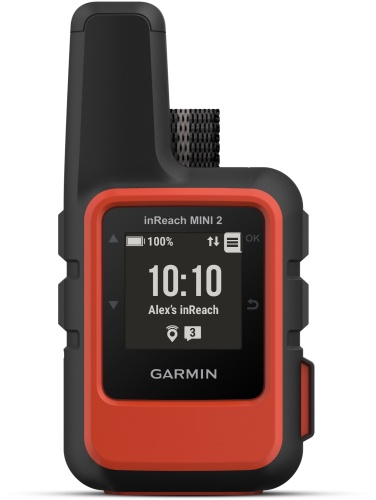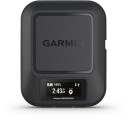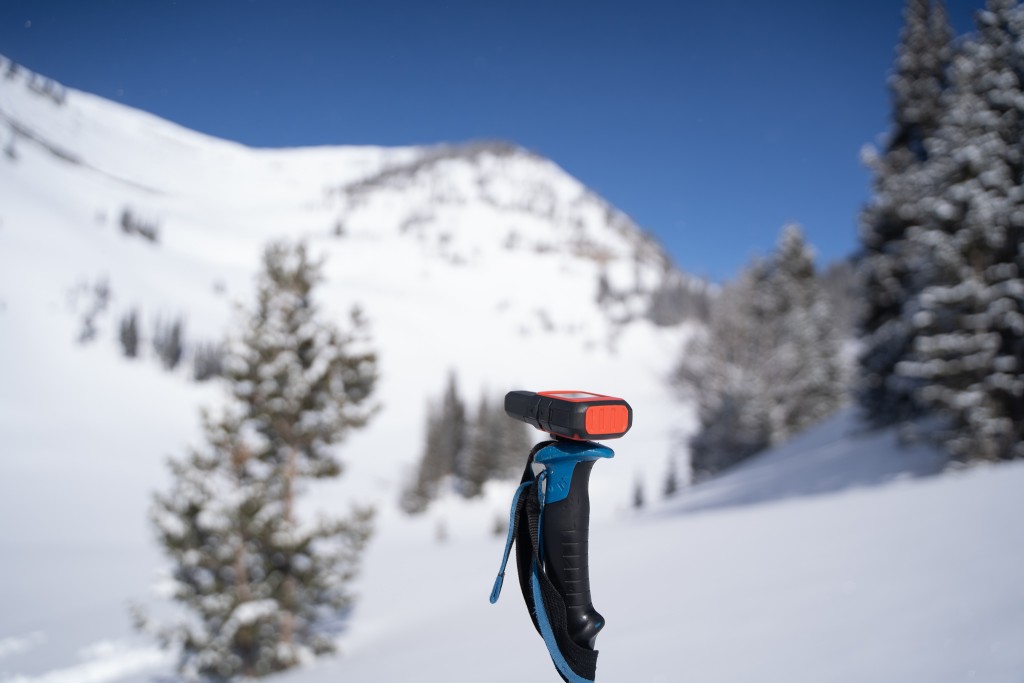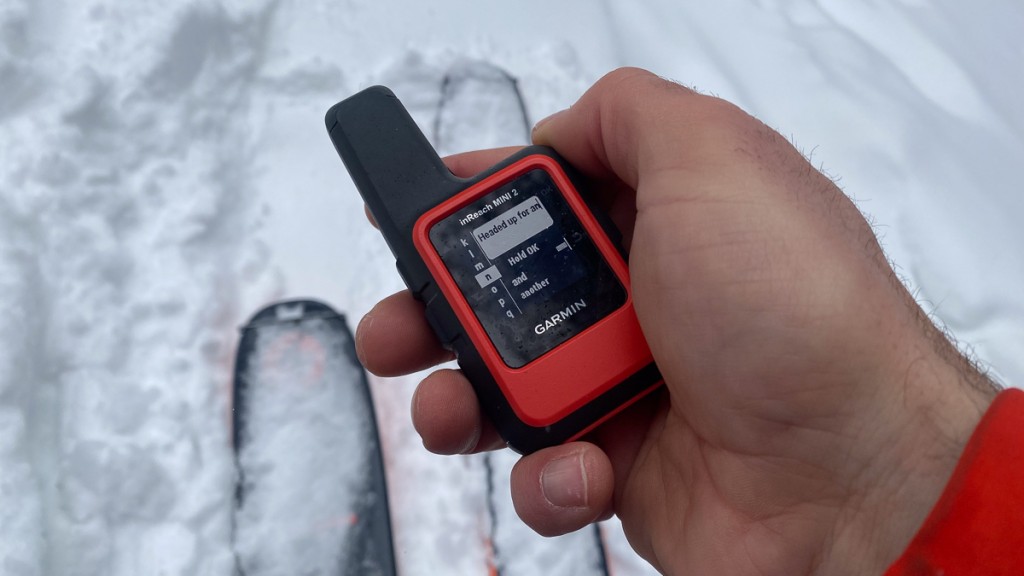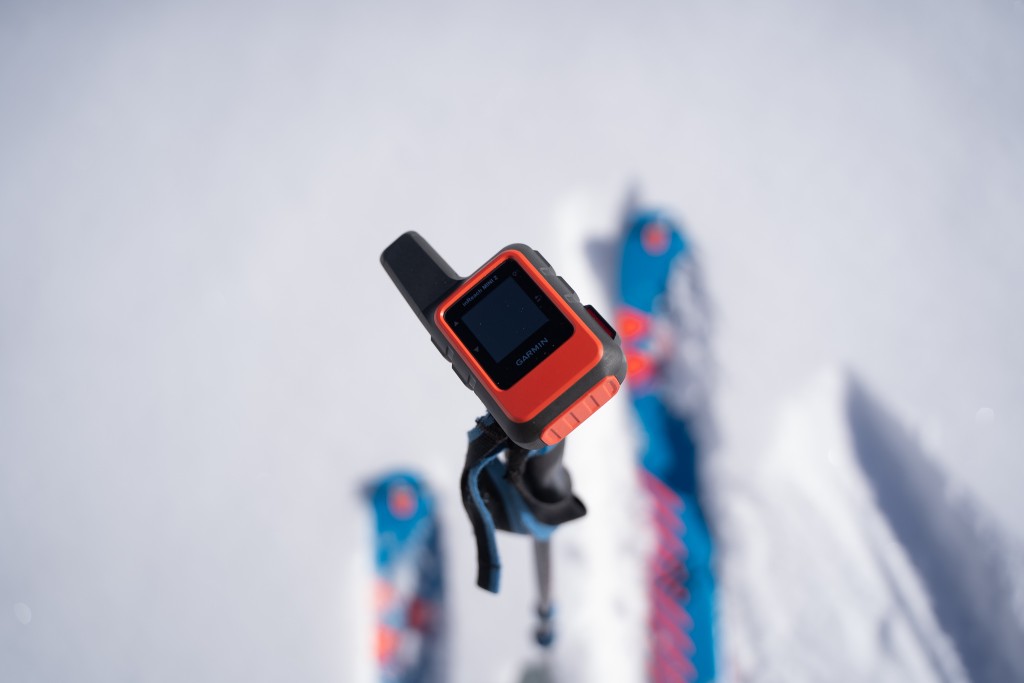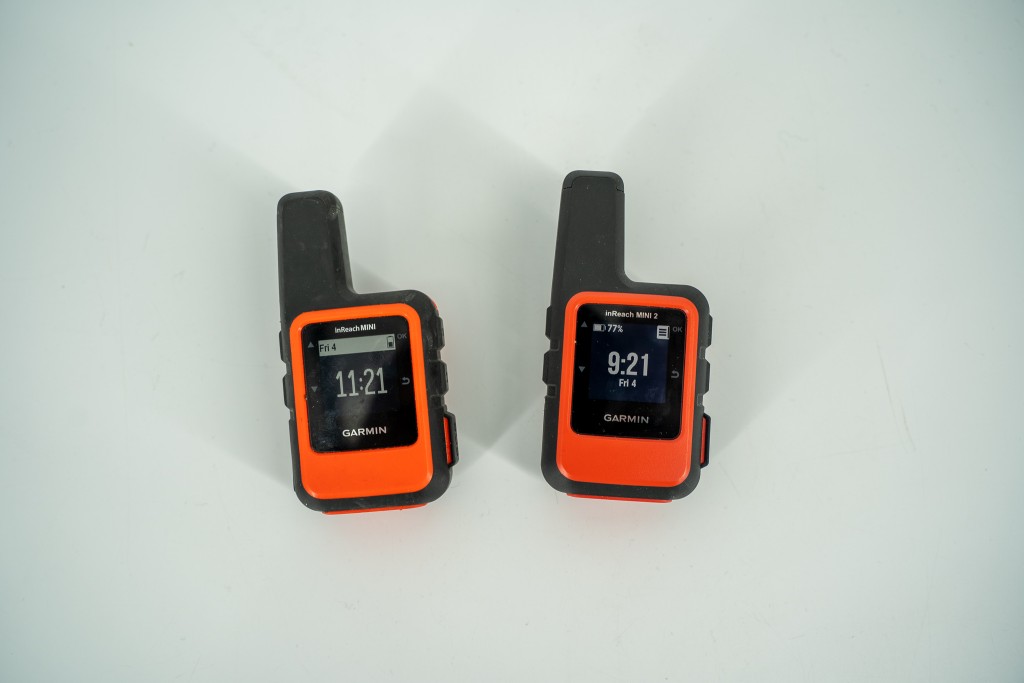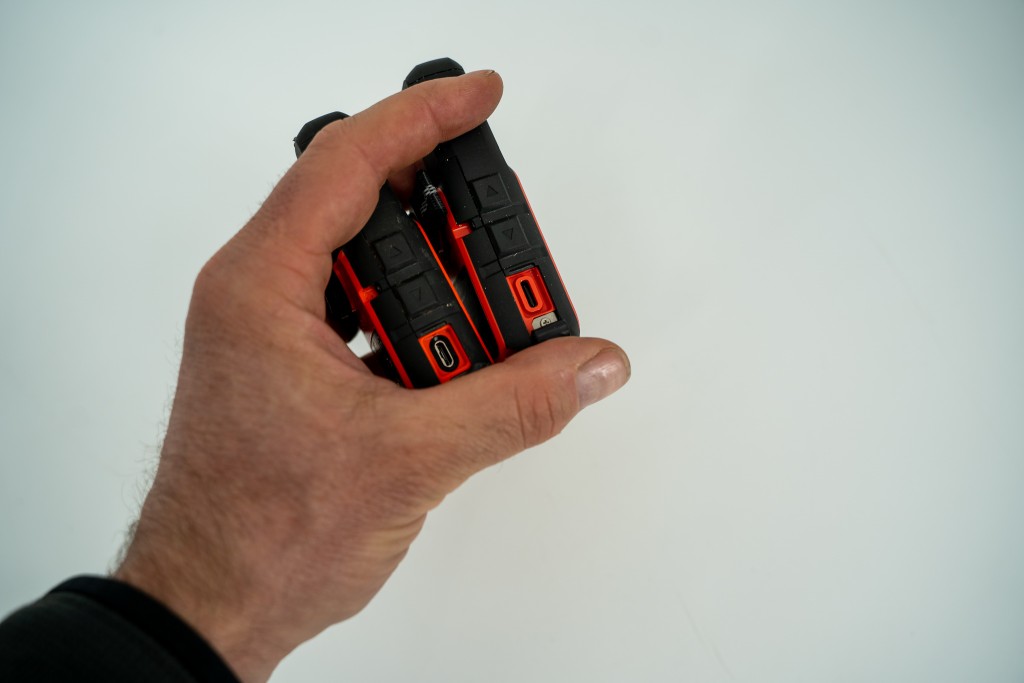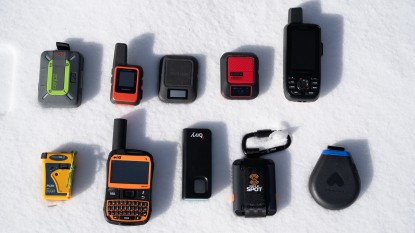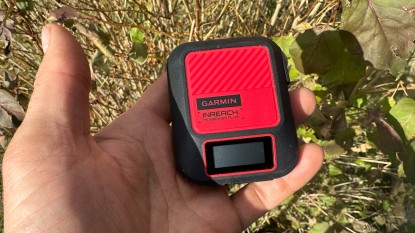Garmin inReach Mini 2 Review
Our Verdict
Compare to Similar Products
 This Product
Garmin inReach Mini 2 | |||||
|---|---|---|---|---|---|
| Awards | Best Overall with Photo and Voice Messaging | Best Value for Messaging | Occasional Activation Bang for the Buck | Great Value for SOS Only | |
| Price | $318.29 at Amazon Compare at 3 sellers | $500.00 at REI Compare at 2 sellers | $229.95 at Amazon Compare at 3 sellers | $199.95 at REI Compare at 2 sellers | $369.95 at REI Compare at 2 sellers |
Overall Score  |
|||||
| Star Rating | |||||
| Bottom Line | Garmin has improved the best product and service on the market with this top-notch product | This is the best and most feature-rich device and service on the market. That it does it all with remarkable portability and battery life further seals the deal | There are devices that have more features but those features are unnecessary and come at the cost of more useful function | A compact, full service satellite messenger that has all you need, and is close to all you would want | A small, satellite-linked emergency communicator that is exactly what you need and nothing more |
| Rating Categories | Garmin inReach Mini 2 | Garmin inReach Mess... | Garmin inReach Mess... | ACR Bivy Stick | Ocean Signal rescue... |
| SOS/Emergency Messaging (30%) | |||||
| Non-Emergency Messaging (25%) | |||||
| Signal Coverage (20%) | |||||
| Ease of Use (15%) | |||||
| Portability (10%) | |||||
| Specs | Garmin inReach Mini 2 | Garmin inReach Mess... | Garmin inReach Mess... | ACR Bivy Stick | Ocean Signal rescue... |
| 2-way Messaging? | Yes | Yes | Yes | Yes | No |
| 2-way Messaging Available via Cellular/Wifi? | Yes | Yes | Yes | No | No |
| Custom Messaging Viewable and Composable on Device? | Yes | Yes | Yes | No | No |
| Passive Tracking (turn on and forget about it - viewers at home can watch your progress on the web) | Yes | Yes | Yes | Yes | No |
| Weight w/ Batteries | 3.5 oz | 4.1 oz | 4.0 oz | 3.6 oz | 4.0 oz |
| Battery Life | Up to 120 (rechargeable lithium battery) | Up to 25 days in low power mode | Up to 28 days with a message or location sent every 10 minutes with full sky view | Up to 120 hours | 24 hours |
| Waterproof Rating | IPX7 (No dust rating. Rain, splashing, and accidental submersion up to 30 minutes) | IPX7 (No dust rating. Rain, splashing, and accidental submersion up to 30 minutes) | IPX7 (No dust rating. Rain, splashing, and accidental submersion up to 30 minutes) | IP67 (protection from harmful dust. Rain, splashing, and accidental submersion up to 30 minutes) | No Formal Rating. Likely exceeds rating system. Claimed "Up to 15 meters" |
| Pairs with Smartphone? | Yes | Yes | Yes | Yes | No |
| Requires recipient to use a special app for two-way communications? | No | No, but recipient must use special for photos and audio messages | No | Yes | N/A |
| On Device Functions (if you lose or disable your smartphone) | All, but slow to text | All, but very slow to text | All, but very slow to text | SOS, check-in, tracking. All texting requires smartphone. | All. |
| Satellite Network | Iridium | Iridium | Iridium | Iridium | COSPAS/SARSAT |
| Dispatch service | Garmin Response Team | Garmin Response Team | Garmin Response Team | Global Rescue | COSPAS/SARSAT |
| Dimensions | 3.9" x 2" x 1" | 3.1" x 2.5" x 0.9" | 3.1" x 2.5" x 0.9" | 1.9" x .9" x 4.5" | 3.0" x 2.0" x 1.3" |
| Volume | 7.8 CU IN | 6.9 CU IN | 6.9 CU IN | 7.7 CU IN | 6.8 CU IN |
Our Analysis and Test Results
The inReach Mini was a revolutionary leap, upgrading an excellent product and reducing its size and bulk in a meaningful fashion. Just a few years later, Garmin brought the inReach Mini 2 to market, with important refinements and no loss to everything we already know and love. It is one of only two two-way, global texting devices that have full (albeit slow and clumsy) on-device functionality. Deep in the wilderness, where “redundancy” and “backup plans” are crucial bits of vocabulary, the ability to retain full communication without a working smartphone is what sets all generations of the inReach Mini apart from other close competitors. The Mini 2 brings improved battery life, a better app experience, and a slightly refined on-device user interface.
Performance Comparison
SOS/Emergency Message
All the devices we tested can be used to summon help in the event of an emergency. In fact, this is the attribute that unites the category. The inReach Mini 2 does so with a paid subscription. Any emergency message is routed through a for-profit call center employed by Garmin. In short, you push the “SOS” button, and a signal is sent, via satellite, to headquarters. That dispatch center will then know your location, some rudimentary identification information (which you added during registration and should update periodically), and that you have some sort of emergency. At this point, you need not do anything more. Dispatch will contact local resources.
If you have further information about your emergency that will help rescuers respond, you can send out these details with the Mini 2. It requires some preplanning and familiarity with the device and its function, but sending more nuanced information to emergency responders is possible. Short of two-way voice communications as provided by a satellite phone (way more expensive) or radio (shorter range and more complicated execution), two-way services like the InReach products provide the best possible emergency messaging service.
Emergency messaging differences between the InReach Mini 2 and its two-way communication competitors are minor to nonexistent; the end result is the same. With them all, you can send a “y'all come” message containing location data and follow up with more details on your situation. The Mini 2 and its close competitors are the most sophisticated emergency notification devices available today.
Non-Emergency Messaging
The original, larger inReach revolutionized backcountry communications with the ability to send and receive texts. The Mini continues this, just in a smaller form. Texting with the InReach device is slightly different from your smartphone (no media, for instance), but it is familiar enough to be easy to operate.
The two-way texting functionality of the inReach Mini 2 is matched by a few products on the market. Others might edge ahead with an included on-device keyboard. Garmin outdid itself recently by adding to the Mini 2 the ability to perform (with a different app) seamless messaging across satellite and more traditional data services (WiFi, cellular). The original Garmin inReach Mini (distinguished by the lack of the “2” qualifier and otherwise very similar) is not compatible with the latest app that provides seamless messaging. The latest app is called “Messenger” while the original inReach Mini uses an app called “Explore”, both from Garmin.
Another sort of non-emergency messaging available on the Mini 2 (and on some other satellite text devices) is weather forecasts. The inReach apps, through their “Premium” weather forecasting service, are the only satellite products we know of that allow for the acquisition of a weather forecast for a spot that you are not currently sitting in. This is cool, and we wish other products offered the same functionality. Others offer the option to request a forecast, via satellite, only for the spot you are located at that moment.
Signal Coverage
Garmin programs the Mini 2 to work with the global Iridium satellite network. With patience and an understanding of the realities of all satellite communications (i.e., that steep terrain, buildings, and vegetation compromise or block all satellite signals, on all civilian networks, and with all types of hardware), the Mini works all over the world.
Many other tested devices use the same Iridium network. In side-by-side testing, we didn't notice any difference in the reception of any of them. There was some speculation that the smaller body of the Mini 2 (and associated smaller antenna) would result in poorer reception than the original “full size” inReach. In the open terrain and fairly steep valleys of Wyoming's Southern Tetons (Coal Creek, on the Teton Pass road, to be specific), the message sending capability of a handful of recently tested Iridium devices was identical. In further testing, the other Iridium-enabled devices have message transmission rates and reliability on par with all the inReach devices.
Ease of Use
You pay for the smaller stature of the Mini 2 by sacrificing some ease of use as compared to the bigger inReach devices. The Mini needs to be recharged more frequently, and sending messages straight from the device is harder. Battery life for the Mini 2 is noticeably better than that of the original Mini but not yet as good as the battery life of the full-size inReach options.
In reality, these drawbacks are minor. You have two main options for texting with the Mini 2, and Garmin smartwatch users have another option that most do not. You can text on your phone using the Garmin app, or you can text directly on the Mini device. Of these, texting with the app is far and away easier than texting on the device. Garmin smartwatch texting is even more annoying than texting directly on the device.
The battery life compromise of the Mini 2 isn't actually that big of a deal. For weekend to week-long trips, we found the multiple days of claimed battery life to be more than enough. The device turns on and off quickly, so you only burn the battery when texting. You will likely be equipped to recharge phones and camera batteries and other electronics on longer trips anyway. In this case, you can top off the Mini as well. It charges with a USB-c cable while the original Mini charges with micro USB, so factor that into your backcountry charging cable selection.
For those who wish to eliminate or reduce their smartphone use in the backcountry, be aware that the Mini 2 will mostly tie you back to that phone for contact and communications. There is only one option on the market that allows for clean two-way texting free of your smartphone (the SPOT X), and it is larger and less reliable than the Mini 2.
There are rare accounts on the internet of, while in the wilderness, the Mini device and the associated smartphone app becoming disconnected in such a way that you can only log back in once you return to cellular or WiFi. In these instances, you can still view and compose messages on the device, but that is annoying at best. We did not have this happen spontaneously in our testing, but we simulated the problem and confirmed that if you “log out” of the associated Garmin app, you cannot log back in in the wilderness. All Bluetooth-enabled products on the market are vulnerable to this problem (think of, somehow, accidentally deleting the app on your phone while beyond signal — you aren't going to get that back, and app and connectivity issues can also be spontaneous), but the Garmin devices seem slightly more susceptible. On the flip side, the Garmin options are more forgiving in use than others which have even less functionality on the device itself.
Portability
The inReach Mini 2 is small enough to be unobtrusive on literally every human-powered adventure. If you don't have room for the Mini, we want to hear about that. Even the quickest trail runs can be accompanied by this highly valuable piece of communication hardware.
The Mini 2 is exactly the same shape, size, and weight as the original Mini. They clearly made hardware upgrades (changing the charging port, for instance, and improving battery life) but chose to keep the form factor the same. Hopefully, this resulted in cost savings that the consumer is realizing. The only reason to change the form would be branding; “this is the new version, and it looks different.” In some ways, it is refreshing that this otherwise significant upgrade didn't require a new industrial design.
Should You Buy the Garmin inReach Mini 2?
Yes, this is a great product. Especially if you want some basic navigation attributes in your satellite messenger, this is the best thing around. As we will note below, the inReach Messenger is slightly better for most use cases, but the Mini 2 is still great too.
What Other Personal Locator Beacons Should You Consider?
You likely want a comparison to the Garmin inReach Messenger. They are very similar. In fact, the overall differences are less than the resolution of our scoring matrix; they are exactly tied, even though we give the highest award to the Messenger. The Messenger is less expensive and has a bigger battery and a bigger antenna. The Mini 2 is very slightly lighter (.5 ounce) and has rudimentary navigation attributes (provided you plan ahead in your navigation needs). As compared to the others on the market, both these compact Garmin products are the best. The Zoleo Satellite Communicator, ACR Bivy Stick, and Somewear Global Hotspot have two-way messaging, but each has far less on-device functionality.


